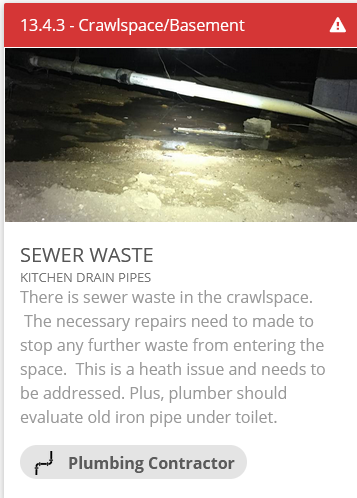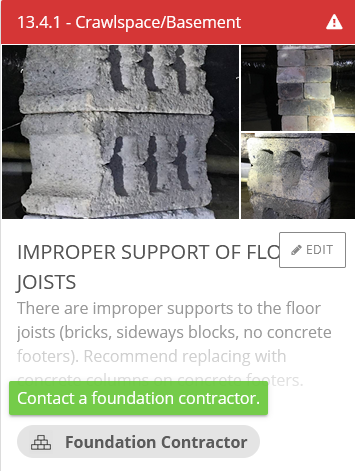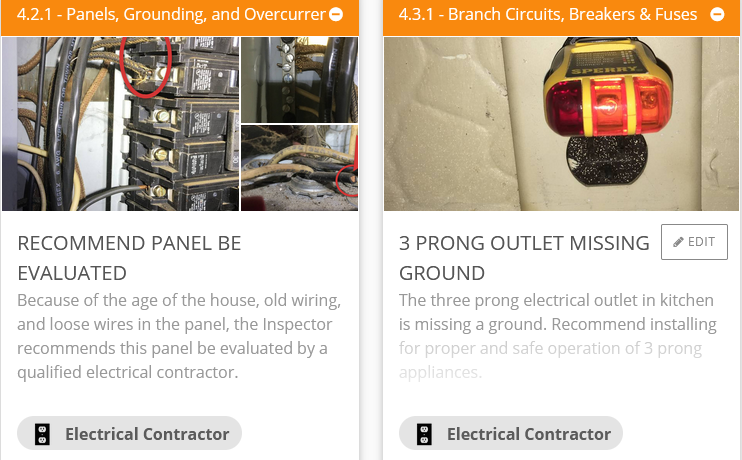Real Estate Inspections: What Matters?
Are you in the process of buying or selling a home in Murfreesboro or Middle Tennessee area, and you are stressed out? Home inspections or real estate inspections are expected to give people peace of mind, but often have the opposite effect. You’ll be asked to absorb a lot of information in a short amount of time. This will often include a written report, a checklist, photographs, environmental reports, and what the inspector himself says during a walk through of the inspection. All this, combined with the seller’s disclosure and what you notice yourself, can make your experience even more overwhelming. What should you do?
Relax. Most real estate inspections will be maintenance recommendations, life expectancies for various systems and components, plus minor defects and imperfections. These are useful to know about. However, the main issues that really matter will fall into four categories:
- Major Defects. Example would be a structural failure;
- Things that lead to Major Defects, such as a small roof-flashing leak;
- Things that may hinder your ability to finance, legally occupy, or insure the home; and
- Safety Hazards, such as an exposed, live buss bar at the electrical panel.
Anything in these categories should be addressed. Often, serious problems can be corrected inexpensively, protecting both life and property.
Most sellers are honest and are often surprised to learn of defects uncovered during an inspection. Realize that sellers are under no obligation to repair everything mentioned in the report. No home is perfect. Keep things in perspective.
To lower stress and make the buying selling process smoother, sellers may want to have an inspection performed before placing a house on the market. With a home inspection prior to placing the property on the market, the seller can better assess the home’s value, correct any defects that might impair a sell, and avoid problems at closing.




